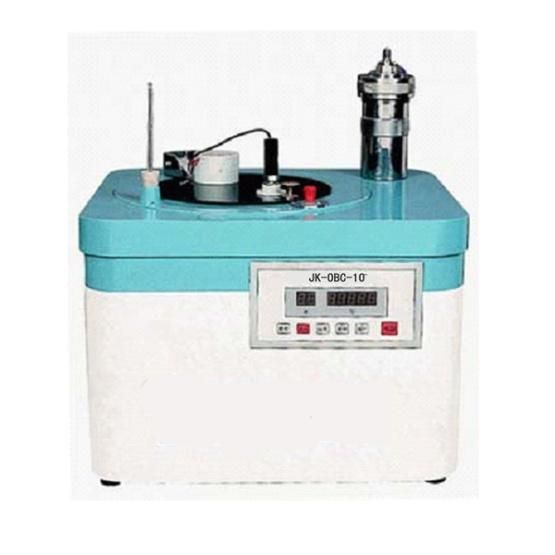How to Measure Specific Heat Capacity

What is heat capacity? What is calorimetry? Good questions. Calorimetry is the study of heat in its various forms. This is of particular concern to chemists and mechanical engineers. Let's look at some standard terms.
Thermal conductivity is the property of a material to conduct heat. The unit of measurement is watts per meter kelvin or BTU per hour foot Fahrenheit. This is typically used to determine the heat transfer through materials in series to calculate how large a heat sink will be required for a thermal system. The primary influencing variable when measuring thermal conductivity is the average material temperature. Also, thermal conductivity usually changes when the measured material undergoes a phase transition. Due to the crystalline lattice structure, some crystalline structures will only act as thermal transmitters in specific directions. Another consideration is air pockets or void pockets in polystyrene-like materials.
Heat Capacity is the amount of heat required to change a substance's temperature by a certain amount. The SI unit of measurement denotes Joules per Kelvin. Specific heat capacity is the same except expressed as Joules per degree kelvin * unit mass. Specific heat capacity is helpful when determining the heat sink properties of different material sizes. Heat capacity may be affected by the volume of the substance, density due to thermal expansion, impurities in the material, and the type of atomic bond the material uses.
One of the significant accuracy constraints in calorimetric determinations is the sampling probe. Inaccuracies in the probe will contribute to the total error of the experiment. This can be minimized by frequent calibration. Another inaccuracy is the uneven heating of the substance being tested. Another common problem is using an irregularly shaped material rather than a thin film. The irregular shape can cause unexpected conduction problems. Poor sampling preparation can also be a problem. If material is placed in a pan to be heated, ensure that all of the samples use the same type and dimension of the container.

Pictured above is a "bomb" calorimeter.
This device works by measuring the temperature of a material, typically in water, suspended above a combustion chamber. The temperature of the material is noted before and after the combustion chamber has been operated. This will allow for the specific heat capacity of a material to be determined based on how much heat was absorbed and how much heat has been radiated away.
As a trivia note: If you use a calorimeter in college, you'll probably make it out of two Styrofoam cups.





Member discussion